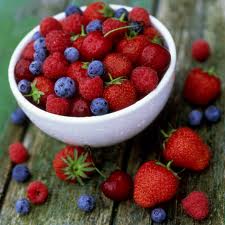Recently, we
recommended serving a Cabernet with steak and butter-rich foods, partly because of the wine’s tannins. But what are
tannins, actually?
Tannins are polyphenolic compounds naturally found in plants that bind to proteins and other organic compounds. In other words, they are naturally found in the skins, stems, and leaves of grapes, and they are attracted to proteins, like those in meat. Thus, pairing highly-tannic wines with protein-rich dishes makes them seem less astringent, much smoother. The wine’s tannins race toward the meat instead of your saliva!
Grapes that have very thick skins, like Cabs, naturally give rise to more tannic wines, as do juices that spend more time sitting in their skins after being pressed. This is why red wines have a greater tannic content that whites; juice from white grapes is not kept in lengthy contact with the skins after pressing. A wine’s texture is also impacted by the volume of tannins. An astringent, dry, tart-like quality can be “felt” in youthful reds with high tannic content. Because tannins mellow over time, however, older well-aged reds do not possess this feisty quality. (This is one reason why
aging wine appropriately is important.)
Because tannins are produced naturally, you may not be surprised to hear that several of your favorite foods also contain them: walnuts, pecans, hazelnuts, strawberries, blueberries, cranberries, cloves, cinnamon, red and white beans, smoked fish and meats, and chocolate liquors, just to name a few! Tannins have even been known to display antibacterial properties, according to a study conducted by Hisanori Akiyama, Kazuyasu Fujii, Osamu Yamasaki, Takashi Oono and Keiji Iwatsuki. For more info about tannins and related topics, check out the article “
The Science of Aging Wine” in Vintage Cellars’
Wine Storage Education Center.


